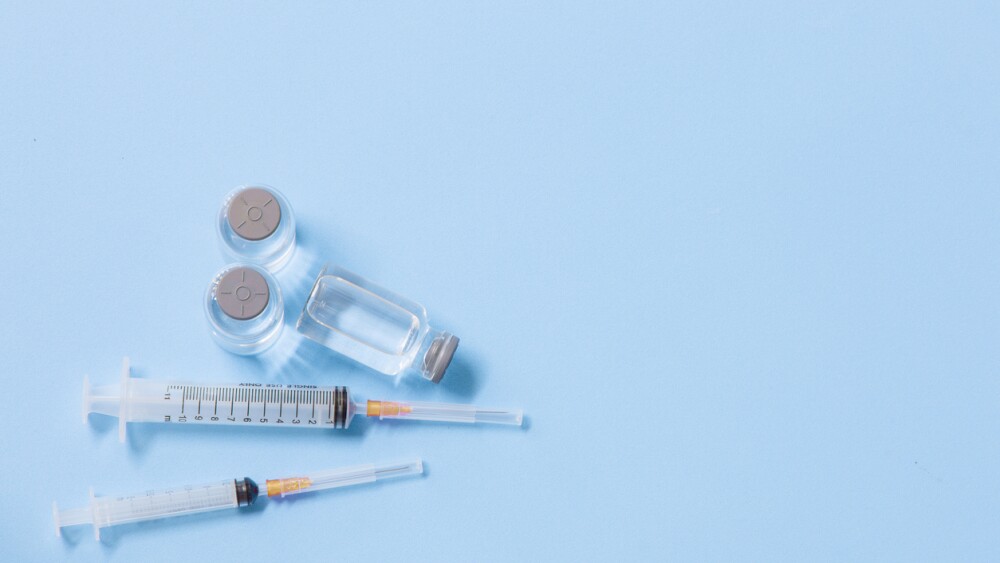YouTube has shut down a channel containing hundreds of videos of comments made by doctors and other influencers—including CBER Director Vinay Prasad, Health Secretary Robert F. Kennedy Jr. and NIH Director Jay Bhattacharya—during the pandemic. This comes as Prasad reveals further details about last week’s updated COVID-19 approvals.
Vinay Prasad, director of the FDA’s Center for Biologics Evaluation and Research, demanded that YouTube take down videos in which he was critical of COVID-19 vaccines.
The video streaming platform appears to have complied with his request, according to reporting on Wednesday from The Guardian, which confirmed the news with Jonathan Howard, a New York City-based doctor who uploaded the videos in question.
Howard received written notice from YouTube, stating Prasad’s demands that six videos be removed from Howard’s channel. The YouTube notice was viewed by The Guardian. YouTube has since closed Howard’s channel completely, alleging copyright infringement.
Before being terminated by YouTube, Howard’s channel offered around 350 videos that featured “nothing more than collections of what other doctors said during the pandemic,” he told The Guardian. Some of the people on his channel have since become “extremely influential” and are now part of “the medical establishment,” he added. Aside from Prasad, the channel also included videos of Health Secretary Robert F. Kennedy Jr. and National Institutes of Health Director Jay Bhattacharya.
“It’s really important to remember [Prasad’s] past words in order to gauge his current and future credibility,” Howard told The Guardian.
Prasad’s push to remove the videos comes just days after the FDA granted restricted approvals to updated versions of COVID-19 vaccines from Pfizer, Moderna and Novavax. In a series of memos last week, Prasad outlined his office’s thinking behind these new approvals, which broadly limit access to COVID-19 vaccines to individuals 65 years and older or 12 years and older at risk of severe disease—while also casting doubt on the simultaneous administration of COVID-19 and flu shots.
Buried deep in a memo to Pfizer, Prasad acknowledged that using two different vaccines together “offers the theoretical benefit of increasing compliance with annual respiratory pathogen vaccination.” Still, he argued, without citing evidence, that it comes with a “potential downside,” which is that “multiple vaccines administered together may interfere with efficacy.”
Using many different vaccines together may also lead to “new or higher rates of safety signals that would not have occurred with sequential vaccination,” he added. The labeling for Pfizer’s Comirnaty, uploaded to the FDA’s own website, indicates that the vaccine can be used alongside a flu vaccine without compromising its immunogenicity and safety.
To address these concerns, CBER will now require “pragmatic, randomized controlled trials” to better determine whether concurrent administration of vaccines—COVID-19 and flu, in this instance—is both safe and effective.






